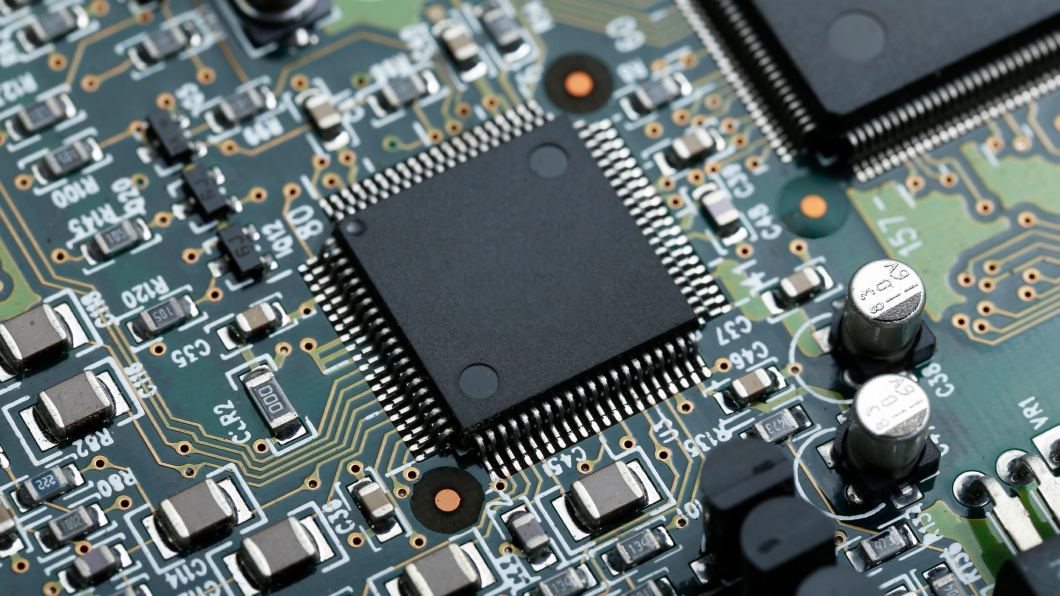What’s up with the price increase?
Since demand is now growing at a rate of about 17% per year, and supply is increasing by only 6% over the same time, it is easy to understand how serious the difficulties are for device vendors that use these chips. At the same time, suppliers of semiconductor components cannot produce more than now – about 97% of the capacities of the main manufacturers are loaded.
TSMC announced a winter price increase. The company raises the cost of relatively simple chips by 20%, and more advanced ones by 10%. But it is not only TSMC that increases the cost of production, but also the South Korean company Samsung, which was also announced.
At the same time, TSMC representatives say that the current high prices are largely due to the activities of intermediaries. Allegedly, such companies, supplying the chips bought at the factory, resell them to consumers at a much higher price. Particularly active are the players in the automotive market, but it seems like cheating intermediaries have been noticed in other industries as well. It is worth recalling that this is the version of semiconductor component suppliers. It is not so easy to check it, because in many cases the supply chain is closed from prying eyes.
Why is everything so difficult? After all, you can just take and increase production volumes
And here it is not. The problem is that the process of manufacturing and supplying chips is well-established, but it has not even one, but several “bottlenecks” at once. Factors negatively affecting the industry are superimposed on each other, which ultimately leads to the current situation – an extreme shortage of components.
One of the main links in the silicon chip production chain is the creation of a crystal using the Jan Czochralski method, the so-called CZ process. Semiconductor crystal blanks are gradually drawn out, which happens very slowly, until the crystal reaches the desired size. Then it is cut into blanks of the required size, many technological processes are used, after which the finished wafers are cut into blanks for chips. Their layout is the last step in the chain.
Growing crystals is only possible with the necessary production infrastructure, which is extremely complex. Chip makers even joke that making semiconductor components is much more difficult than preparing a rocket to fly into space and then launch. If it were possible to simplify the process of preparing a blank crystal, most likely, the shortage would be overcome relatively quickly.
Well, chip manufacturers who plan to increase production volumes have to wait many months for the preparation of the necessary infrastructure. In addition to technology, factories must be very clean – you can say that the conditions for the production of chips must be strictly sterile in terms of the presence of dust and other third-party components in the air. You can’t build something like this from scratch.
There is still hope for a solution
Despite the gloomy prospects, manufacturers are still trying to solve the problem – most likely, not to make everyone feel better, but simply because it can make more money by producing large volumes of semiconductor elements.
The same company TSMC is working most actively in this direction. She built a huge complex that will produce 3nm chips, and in large volumes. In addition, TSMC has also built a new 5nm chip manufacturing facility. Analysts believe that in the coming years, the need for chips will increase several times, so the Taiwanese company is “preparing the sled” now, so that later it will not be too late.
At the same time, she does not forget about profits – according to TSMC’s own forecasts, by the end of the year, profits should grow by a quarter, if not more. Well, considering all the circumstances mentioned above, then, most likely, the profit will increase quite significantly.
A significant increase in production can also be dangerous
And this is bad, and that is not good – indeed, there is a problem in increasing the production of chips. The fact is that if the demand for them falls, for any of the dozens of reasons why this has already happened before, then there will be a problem of overproduction.
Now TSMC, Intel, Samsung and other component suppliers are trying to accelerate as much as possible. If demand falls sharply, overproduction will be simply gigantic. And this means a sharp drop in prices and a crisis in the chip manufacturing industry.
